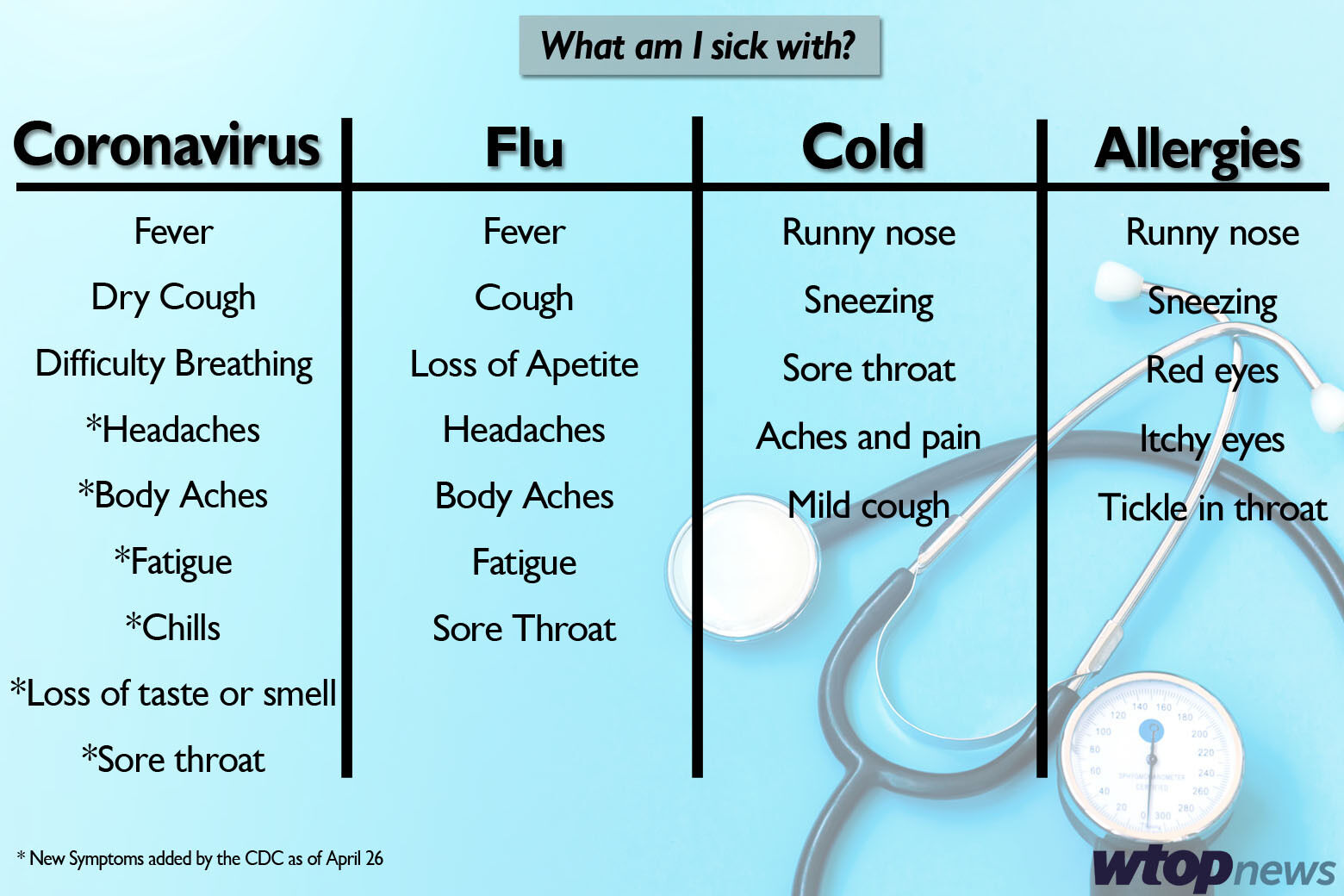

A December study from the University of Hong Kong, which hasn't been peer-reviewed, found that Omicron replicated 70 times faster in the main airways, or bronchi, compared with Delta, but 10 times slower in the lung tissue. Covid-19 is continuing to spread around the world. Omicron may also change the way the virus replicates or congregates in the body. Key maps and charts explaining how the virus has spread around the world. Another not-yet-peer-reviewed study, published on Wednesday, found that Omicron inherently reduced the risk of severe hospitalization or death from COVID-19 by 25% compared with Delta. The name was coined by June Almeida and David Tyrrell who first observed and studied human coronaviruses. Two recent lab studies, which haven't been peer-reviewed, suggested that Omicron could be less effective at attacking lung cells compared with prior variants. COVID-19 A Global Pandemic this bright laminated wall chart is designed to make people aware of its relevant symptoms, preventions, and precautions to. The name 'coronavirus' is derived from Latin corona, meaning 'crown' or 'wreath', itself a borrowing from Greek korn, 'garland, wreath'.

Vaccines help reduce the severity of disease, but Omicron may be a less virulent virus on its own. Scientists aren't sure why COVID-19 symptoms are changing. Patrick Pleul/Picture Alliance/Getty Images It often indicates a user profile.Ī woman using a handkerchief in Brandenburg, Germany, on February 27, 2020. WHO coronavirus (COVID-19) dashboard.Account icon An icon in the shape of a person's head and shoulders. SARS-CoV-2, SARS-CoV, and MERS-CoV viral load dynamics, duration of viral shedding, and infectiousness: a systematic review and meta-analysis. What to do if you are sick.Ĭevik M, Tate M, Lloyd O, Maraolo AE, Schafers J, Ho A. Coronavirus (COVID-19) | Drugs.Ĭenters for Disease Control and Prevention. COVID-19 symptoms are similar to those of the common cold and flu, per the CDC, but the novel coronavirus, known as SARS-CoV-2, can lead to more serious illness and even death. Interim clinical considerations for COVID-19 treatment in outpatients. doi:10.1056/NEJMoa2007764Ĭenters for Disease Control and Prevention. Remdesivir for the treatment of covid-19 - final report.

Treatments your healthcare provider might recommend if you are sick.īeigel JH, Tomashek KM, Dodd LE, et al. What’s the difference between a PCR and antigen COVID-19 test?Ĭenters for Disease Control and Prevention. COVID-19 testing: what you need to know.Ĭenters for Disease Control and Prevention. doi:10.15585/mmwr.mm7007e1Ĭenters for Disease Control and Prevention. For the most up to date information about current variants, visit CDC’s COVID Data Tracker. Some variants spread more easily and quickly than others, which may lead to more cases of COVID-19. The most common symptoms of B.1.1.7 were similar to those reported with the original strain and included loss of taste or smell, fever, dry coughs, shortness of breath, headache, sore throat, congestion or runny nose, nausea or vomiting, and diarrhea. CDC uses viral genomic surveillance to quickly identify and track COVID-19 variants, and acts upon these findings to protect the public’s health. Maximizing fit for cloth and medical procedure masks to improve performance and reduce SARS-CoV-2 transmission and exposure. This variant was more deadly than the original strain of the COVID virus. COVID-19 quarantine and isolation.īrooks JT. The coronavirus could end up mild like a common cold. Is it flu, COVID-19, allergies, or a cold? Symptoms of COVID-19.Ĭenters for Disease Control and Prevention. Common colds: Protect yourself and others.Ĭenters for Disease Control and Prevention. Centers for Disease Control and Prevention.


 0 kommentar(er)
0 kommentar(er)
